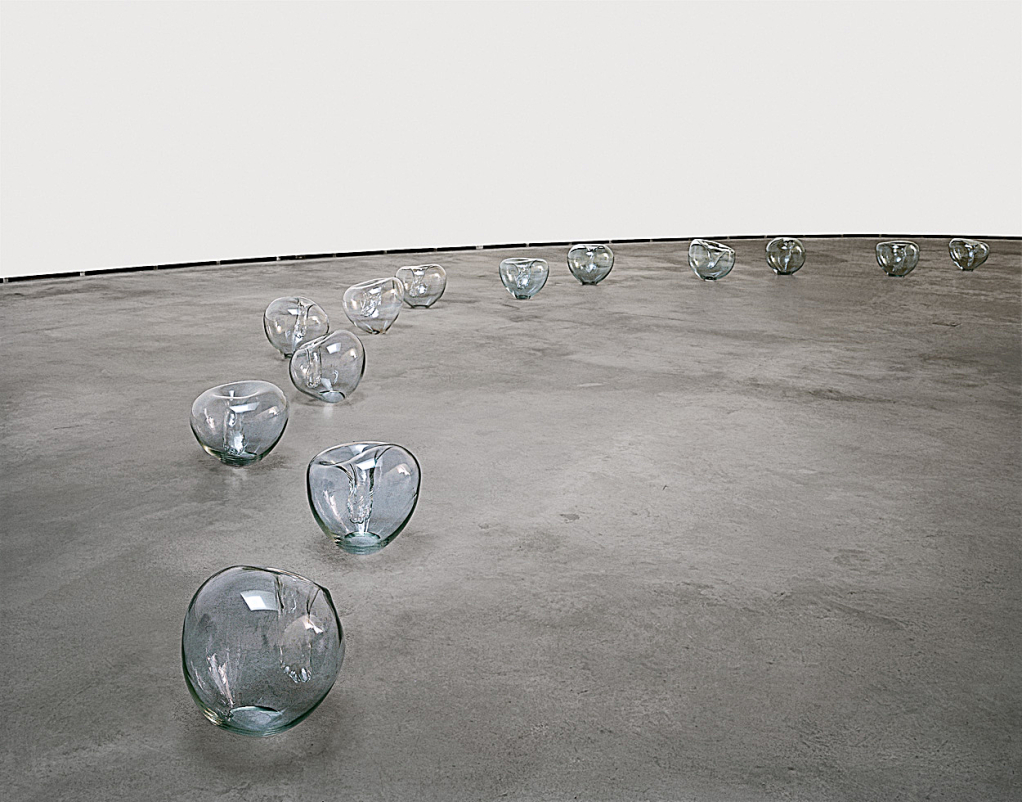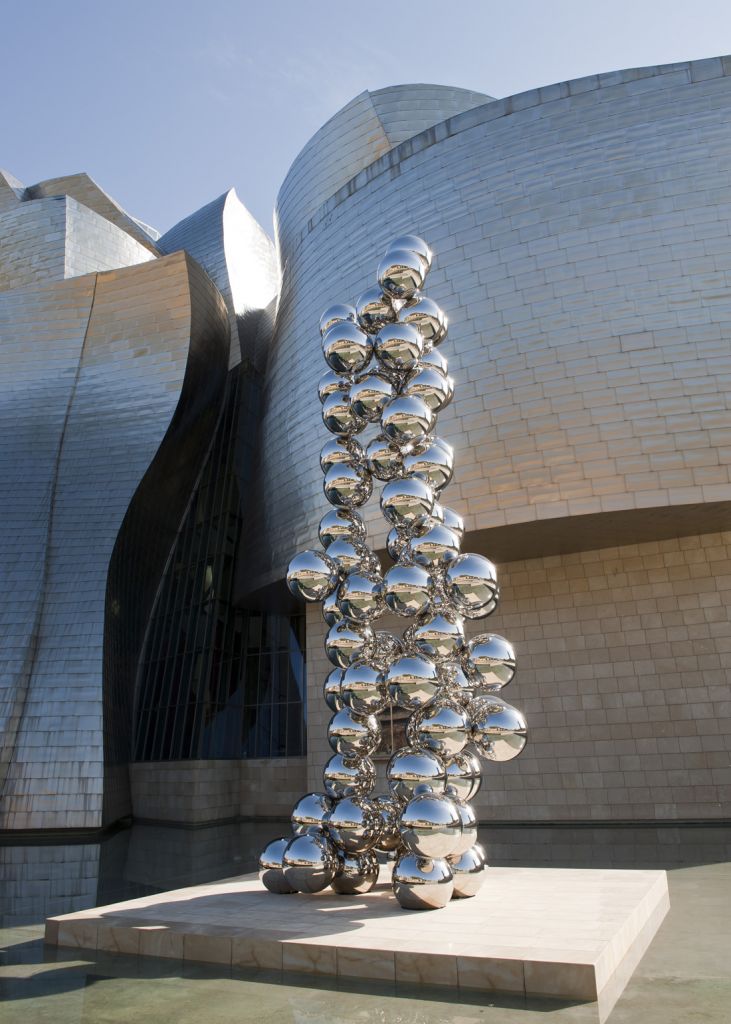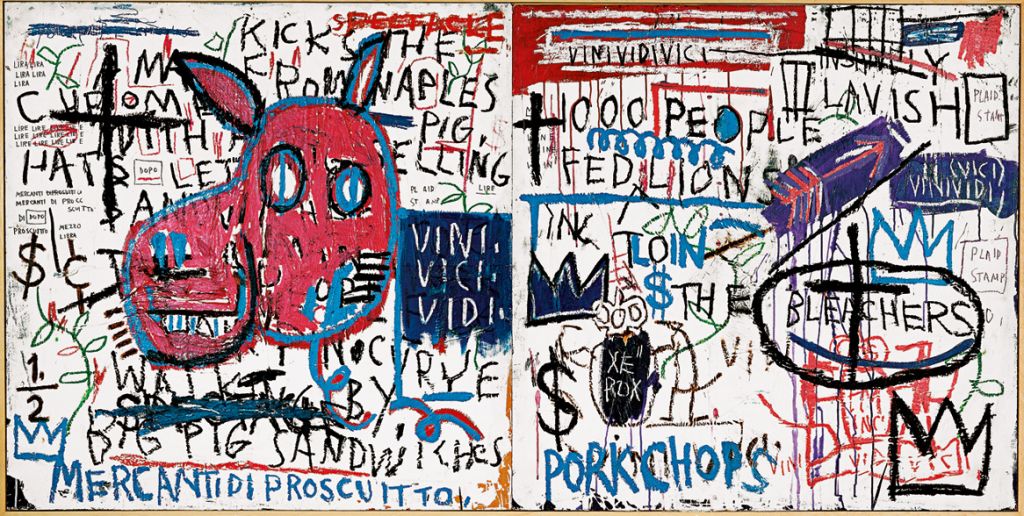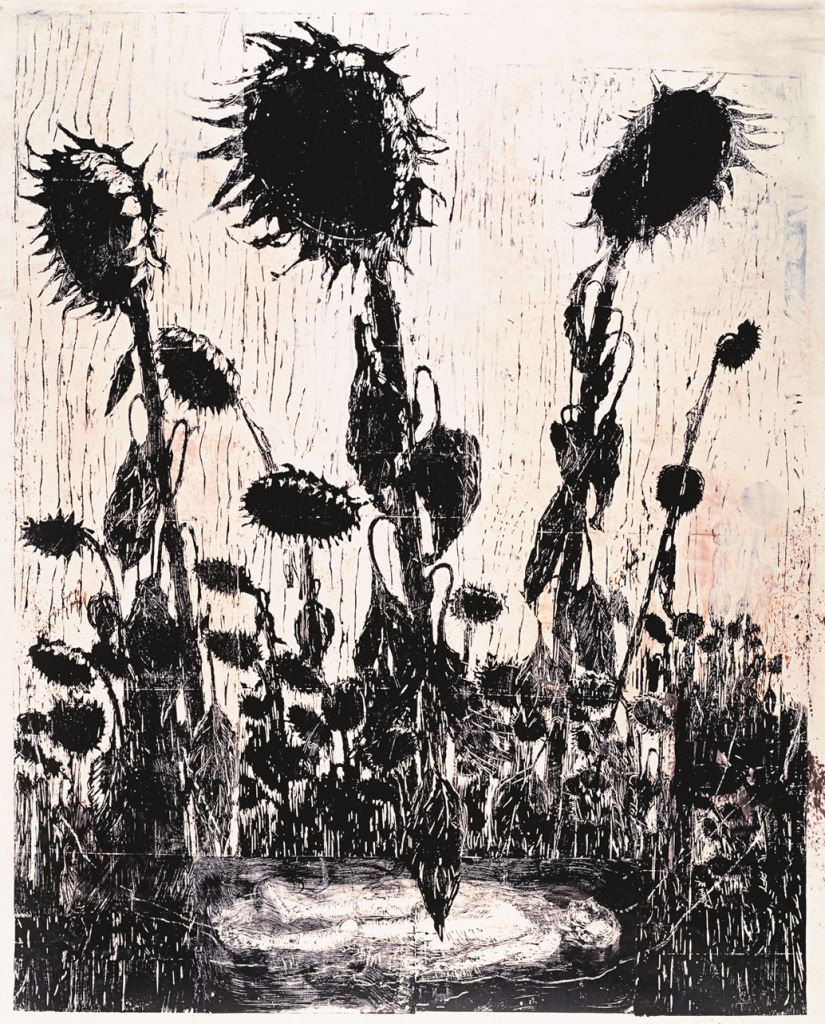Mask of Seduction
1997Horsehair, silk, and textOverall dimensions variable
Educated first in his native Basque Country and then in Paris and Berlin, Javier Pérez began creating artwork in the early 1990s, introducing a unique, personal twist on the Body art that was popular in Europe at the time. In visually seductive sculptural objects, performances, drawings, and videos, Pérez has produced reverse images of our interiority, bringing the impure and animalistic traits that reside within us to the perimeter. He thereby annuls or disrupts the "socialization" of the body that is effected through the imposition of language and culture, and accesses a "natural, primordial, and precultural space." [1] In his exploration of the corporeal and the border between the self and the exterior world, Pérez reflects upon the vulnerability and fragility of identity, and the precarious nature of our existence.
In 1995 Pérez began making masks woven with manes of hair, which he used to stage performances. Mask of Seduction (Máscara de seducción), which comprises a horsehair mask, a cotton and silk dress, and a wall text, had its origin in a performance orchestrated by Pérez in 1997 on the occasion of the opening of a solo exhibition in Barcelona: a model wore the dress and mask as she walked mysteriously among the audience. The artist has always been especially fascinated by masks because of their ability to mutate identities. In Mask of Seduction, Pérez implies that masking one's identity is intrinsic to human nature. At the same time, he spotlights the shifting boundaries that distinguish the interior of the body from the world that surrounds it, both physically and psychologically. The materials of the mask and the dress hint at this theme: hair is a material that emerges from the inside of the body to become an external hallmark of the individual, while silk is a bodily emanation from the silkworm that later becomes an external covering. For Pérez, the animal origins of these materials suggest a ritual sensibility, which is further evoked by the text on the wall, outlining the mating and death of the praying mantis. This aura of morbid sensuality permeates the installation space.
Javier Pérez, quoted in Teresa Blanch, "Huéspedes y gemelos," in Javier Pérez: Mudar (Bilbao: Sala Rekalde, 1998), pp. 34; Conversations held with Teresa Blanch in November 1997.
Source(s):
Teresa Blanch. "Javier Pérez." In Guggenheim Museum Bilbao Collection. Bilbao: Guggenheim Museum Bilbao; Madrid: TF Editores, 2009.
Original title
Mask of Seduction
Date
1997
Medium/Materials
Horsehair, silk, and text
Dimensions
Overall dimensions variable
Credit line
Guggenheim Bilbao Museoa






